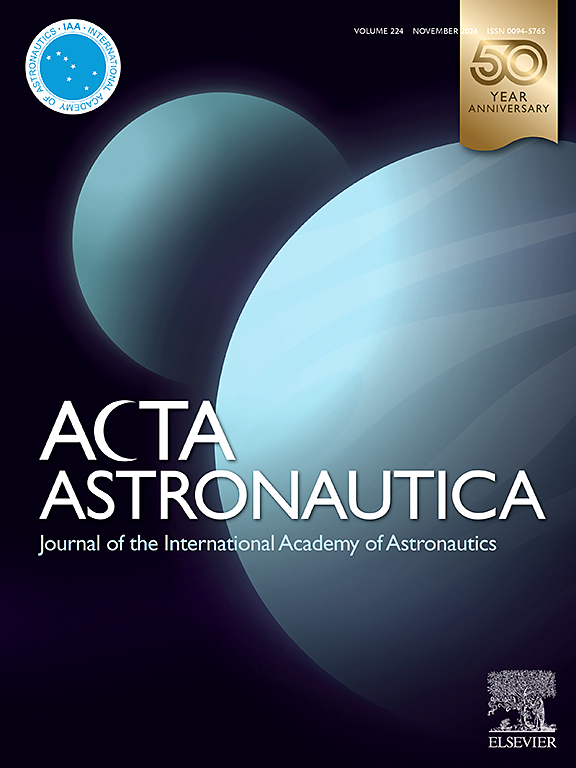Projections of Earth’s technosphere: Luminosity and mass as limits to growth
IF 3.1
2区 物理与天体物理
Q1 ENGINEERING, AEROSPACE
引用次数: 0
Abstract
Earth remains the only known example of a planet with technology, and future projections of Earth’s trajectory provide a basis and motivation for approaching the search for extraterrestrial technospheres. Conventional approaches toward projecting Earth’s technosphere include applications of the Kardashev scale, which suggest the possibility that energy-intensive civilizations may expand to harness the entire energy output available to their planet, host star, or even the entire galaxy. In this study, we argue that the Kardashev scale is better understood as a “luminosity limit” that describes the maximum capacity for a civilization to harvest luminous stellar energy across a given spatial domain, and we note that thermodynamic efficiency will always keep a luminosity-limited technosphere from actually reaching this theoretical limit. We suggest the possibility that an advanced technosphere might evolve beyond this luminosity limit to draw its energy directly from harvesting stellar mass, and we also discuss possible trajectories that could exist between Earth today and such hypothetical “stellivores.” We develop a framework to describe trajectories for long-lived technospheres that optimize their growth strategies between exploration and exploitation, unlike Earth today. We note that analyses of compact accreting stars could provide ways to test the stellivore hypothesis, and we more broadly suggest an expansion of technosignature search strategies beyond those that reside exactly at the luminosity limit.
求助全文
约1分钟内获得全文
求助全文
来源期刊

Acta Astronautica
工程技术-工程:宇航
CiteScore
7.20
自引率
22.90%
发文量
599
审稿时长
53 days
期刊介绍:
Acta Astronautica is sponsored by the International Academy of Astronautics. Content is based on original contributions in all fields of basic, engineering, life and social space sciences and of space technology related to:
The peaceful scientific exploration of space,
Its exploitation for human welfare and progress,
Conception, design, development and operation of space-borne and Earth-based systems,
In addition to regular issues, the journal publishes selected proceedings of the annual International Astronautical Congress (IAC), transactions of the IAA and special issues on topics of current interest, such as microgravity, space station technology, geostationary orbits, and space economics. Other subject areas include satellite technology, space transportation and communications, space energy, power and propulsion, astrodynamics, extraterrestrial intelligence and Earth observations.
 求助内容:
求助内容: 应助结果提醒方式:
应助结果提醒方式:


